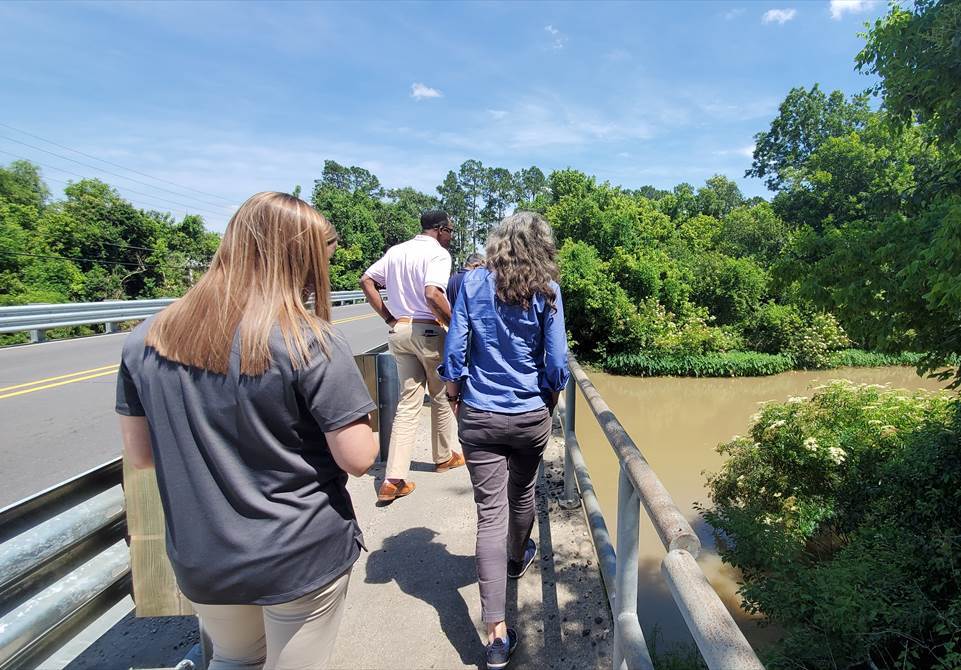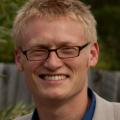
Resource Library
Page 99 of 107 pages. This page shows results 1961 - 1980 of 2138 total results.
Report
This paper describes ways to evaluate the value of walking (the activity) and walkability (the quality of walking conditions, including safety, comfort and convenience).
While Congress passed the new transportation law, the FAST Act, back in December, it takes time for US Department of Transportation to update their complicated formulas for how much states and localities get for various programs. Fortunately, that work is done and we now know the state-by-state breakdown of funding available for Safe Routes to School, bicycling and walking projects.
The Safe Routes Partnership submitted our official comments for the record on May 16. Read our comments here.
What the US Department of Transportation chooses to measure has an impact on which transportation projects get built in your state and community—and on your ability to feel safe while walking and bicycling to school and in your neighborhood.
The Safe Routes Partnership and the YMCA of the USA recently released Making Strides: 2016 State Report Cards on Support for Walking, Bicycling, Active Kids and Communities. These report cards have an entire section devoted to state funding for Safe Routes to School, bicycling and walking that provides important information for advocates.
Research
Key Takeaway: Driver compliance with a state law to yield to pedestrians was highest at crosswalks with more safety features.
 Welcome to the new website of the Safe Routes Partnership! The beginning of a new year seems to be the perfect time for a change to the Safe Routes Partnership’s website. The new color scheme, graphics and wonderful photos now reflect the vibrancy and energy of the national Safe Routes to School movement.
Welcome to the new website of the Safe Routes Partnership! The beginning of a new year seems to be the perfect time for a change to the Safe Routes Partnership’s website. The new color scheme, graphics and wonderful photos now reflect the vibrancy and energy of the national Safe Routes to School movement.
 It is an exciting time of new beginnings and opportunity - the beginning of my role as network director, a new blog and a huge expansion of the Safe Routes Partnership.
It is an exciting time of new beginnings and opportunity - the beginning of my role as network director, a new blog and a huge expansion of the Safe Routes Partnership.
 When I was about eight years old I decided to start a lemonade stand. My stand, which was rudimentary in design, included the front steps of my house, a pitcher of watered down lemonade and no cups.
When I was about eight years old I decided to start a lemonade stand. My stand, which was rudimentary in design, included the front steps of my house, a pitcher of watered down lemonade and no cups.
 March has been quite a month for Congressional action on the transportation bill. Unfortunately, it is looking like the momentum will have a tough time carrying over into April.
March has been quite a month for Congressional action on the transportation bill. Unfortunately, it is looking like the momentum will have a tough time carrying over into April.
 In 2008 and 2009 we managed a Safe Routes to School project at five lower income schools around the country, launching and growing Safe Routes to School programs in those five schools for two years.
In 2008 and 2009 we managed a Safe Routes to School project at five lower income schools around the country, launching and growing Safe Routes to School programs in those five schools for two years.
 Both the House and Senate have decided to get down to business on a transportation bill.
Both the House and Senate have decided to get down to business on a transportation bill.
 We love it when Safe Routes to School volunteers and champions share what is happening in their community with us!
We love it when Safe Routes to School volunteers and champions share what is happening in their community with us!
The Indiana Safe Routes to School program is alive and well! Having completed six application rounds since its inception in 2006, there are now 114 infrastructure projects and non-infrastructure activities that have been awarded funding in the Hoosier State. For a map of Indiana’s Safe Routes to School awards click here.
 Safe Routes to School is about walking and bicycling to school and in communities. The Safe Routes to School momentum spreads to players at all levels. There are only three communities with designated Safe Routes to School coordinators in the Greater Washington, DC region.
Safe Routes to School is about walking and bicycling to school and in communities. The Safe Routes to School momentum spreads to players at all levels. There are only three communities with designated Safe Routes to School coordinators in the Greater Washington, DC region.
Fact Sheet, Evaluation
Since 2017, the Safe Routes Partnership has partnered with community-based organizations, government agencies, and other national partners to improve local park access via walking and biking. In those seven years, we have shown that there is significant demand to unlock the full potential of neighborhood parks for health and community building by activating the routes to them. Along the way, this movement has highlighted the power of engaging parks and recreation stakeholders in creating safer, more equitable streets, ensuring that parks are integral to connected, thriving communities.





 Our work to expand the region’s Active Transportation program at the Southern California Association of Governments (SCAG) is progressing.
Our work to expand the region’s Active Transportation program at the Southern California Association of Governments (SCAG) is progressing.